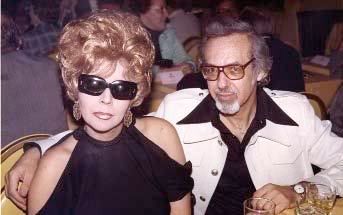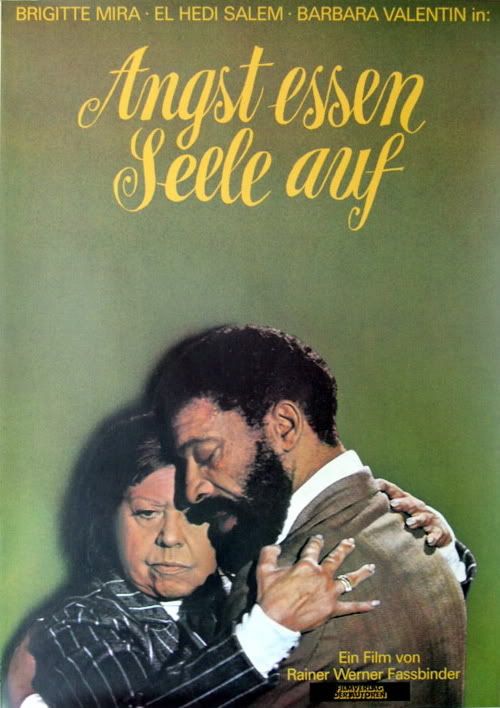
This week I had the class take a look at The Honeymoon Killers. I rarely assign B movies for study because it tends to backfire. I used to have my classes watch Freeway every year until I assigned it to a class and they universally hated it. I get it- it is graduate school, we're supposed to be looking at good films. Anyhow, The Honeymoon Killers is a deeply flawed film but it has remarkable characters you won't find anywhere else. It's loosely based on a true story about a couple who would scam lonely women of a certain age out of their money. Eventually they were pushed to murder the victims of their scam leading to their tragic end.
There are few cinematic monsters like Martha. I think what makes her such a compelling character is the fact that she's so sympathetic. Here are the facts: She's an overweight nurse, hated by those who work under her. She sees women her age getting married left and right yet she's un-loved. Her mother is overbearing and manipulative. She writes to the Lonely Hearts Club to find a relationship and is rewarded with an introduction to a scam artist, Ray. At her core she just wants love- anyone can identify with that. It's just that she has to compromise everything to get it. Still though, she figures it's the best she can do. And in his own way Ray actually does love her- as much as a sociopath can love.
Whether your character is an outcast or the most popular girl in school, we grow to love them when you reveal their most painful vulnerabilities. This is where we understand their humanity and are able to identify with them no matter how alien their life is to our own.
A movie I saw recently, Hunger, directed by the visual artist Steve McQueen (not the dead actor but the artist who just won the Camera d'Or) is a similar study of a group of unlikeable people. It is about the 1981 hunger strike lead by IRA member Bobby Sands. McQueen disposes of the usual historical context that one normally sees in bio-pics. He starts the movie following a prison guard who is as complex and flawed as the prisoners he is "guarding." It's a movie where everyone has blood on their hands and there is no "good guy" to root for. The result is emotionally alienating in terms of character but valuable in terms of understanding the cause and effect of violence and political supression. Viewed through the lense of 9/11 the actions of the characters both British and Irish are revealed as utterly pointless, resulting in an ever escalating one-up-manship that can lead only to death. The film reminded me of Sarah Silverman's joke about how she can't understand the politics of Israel and Palestine. She says, "it's like yams hating sweet potatoes... They're both pushy and brown."
So there's no movie for the next two weeks. It's spring break at AFI. I will, however, be back next week with an entry about dialog. Until then...





